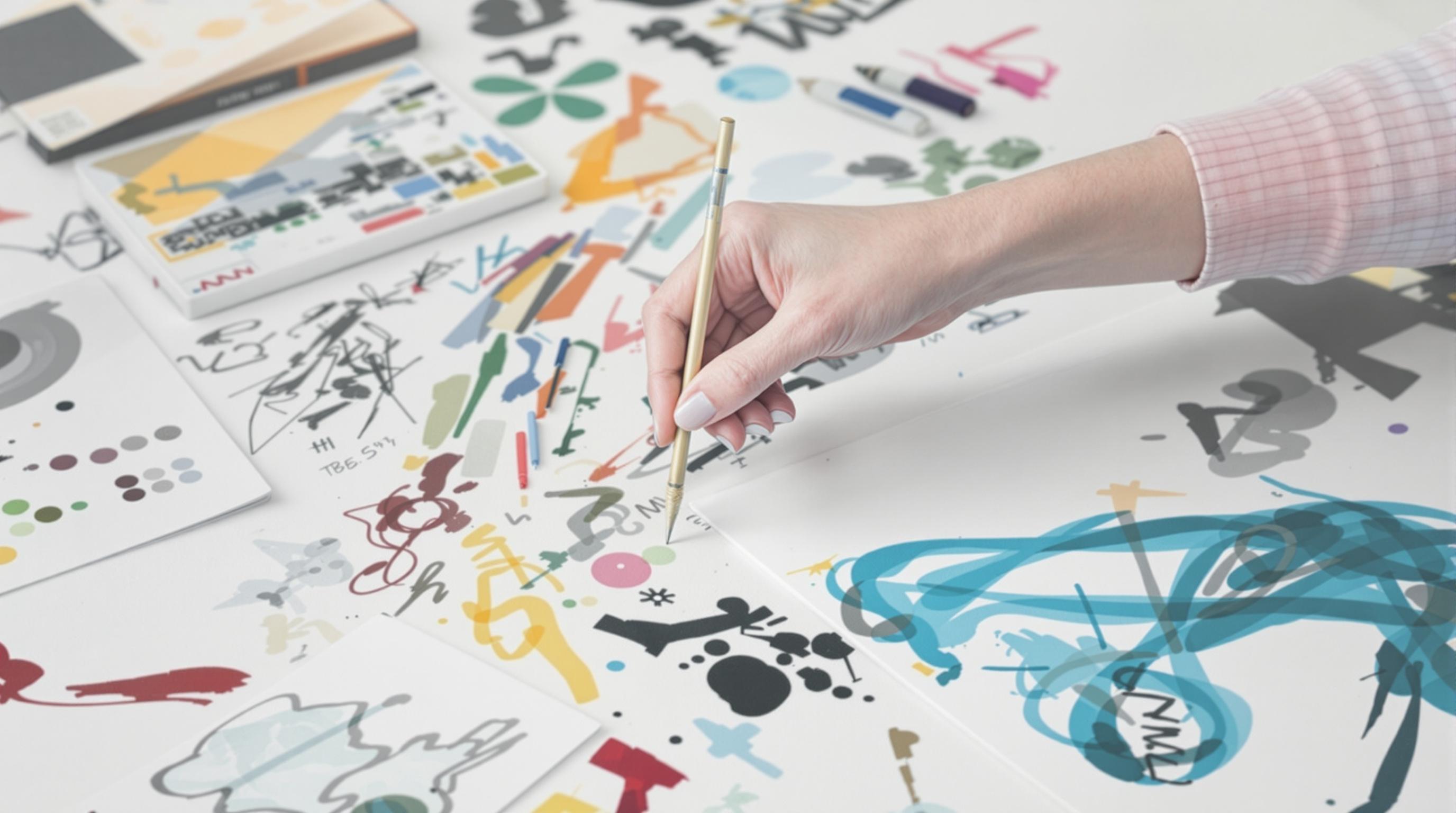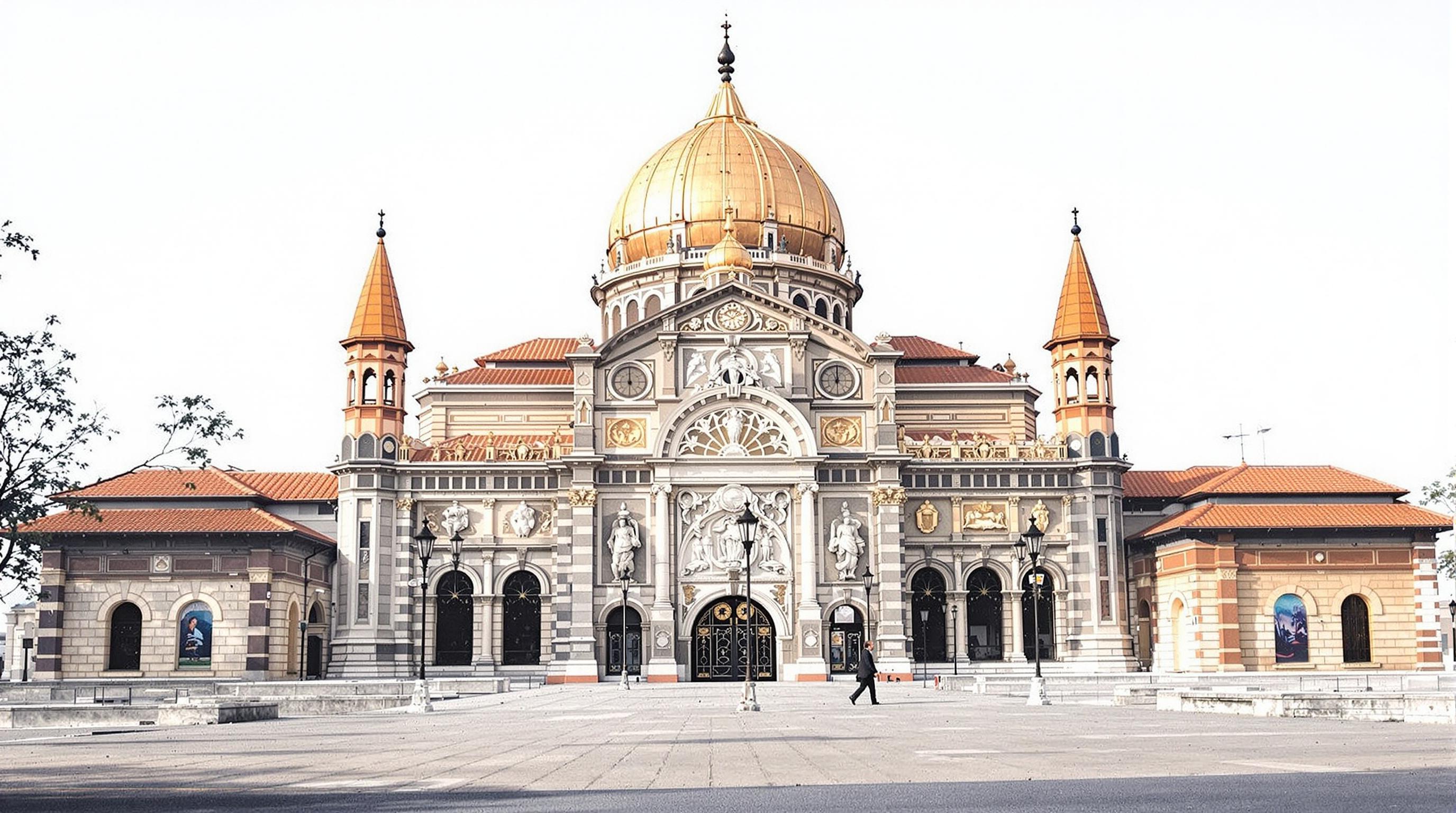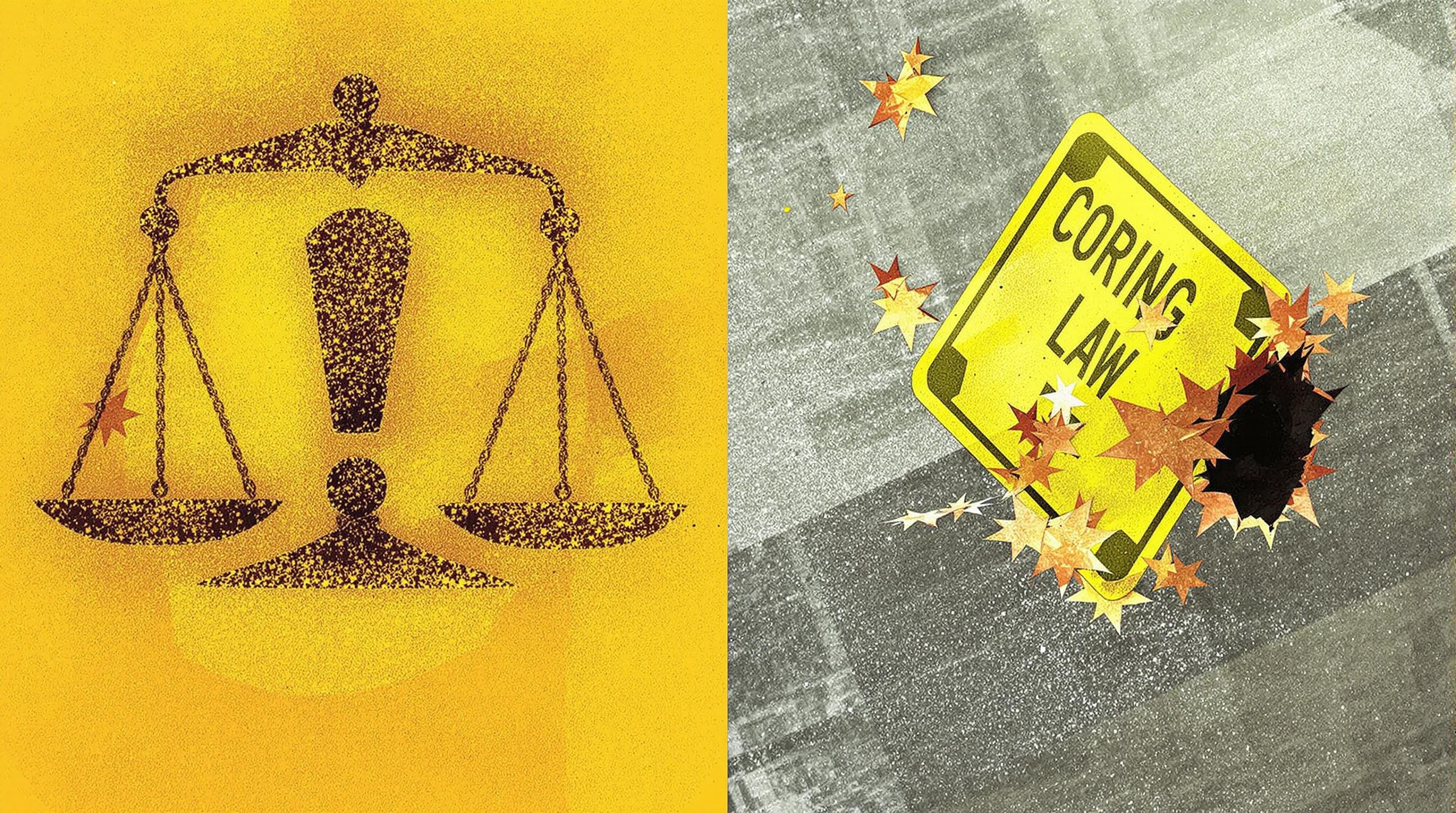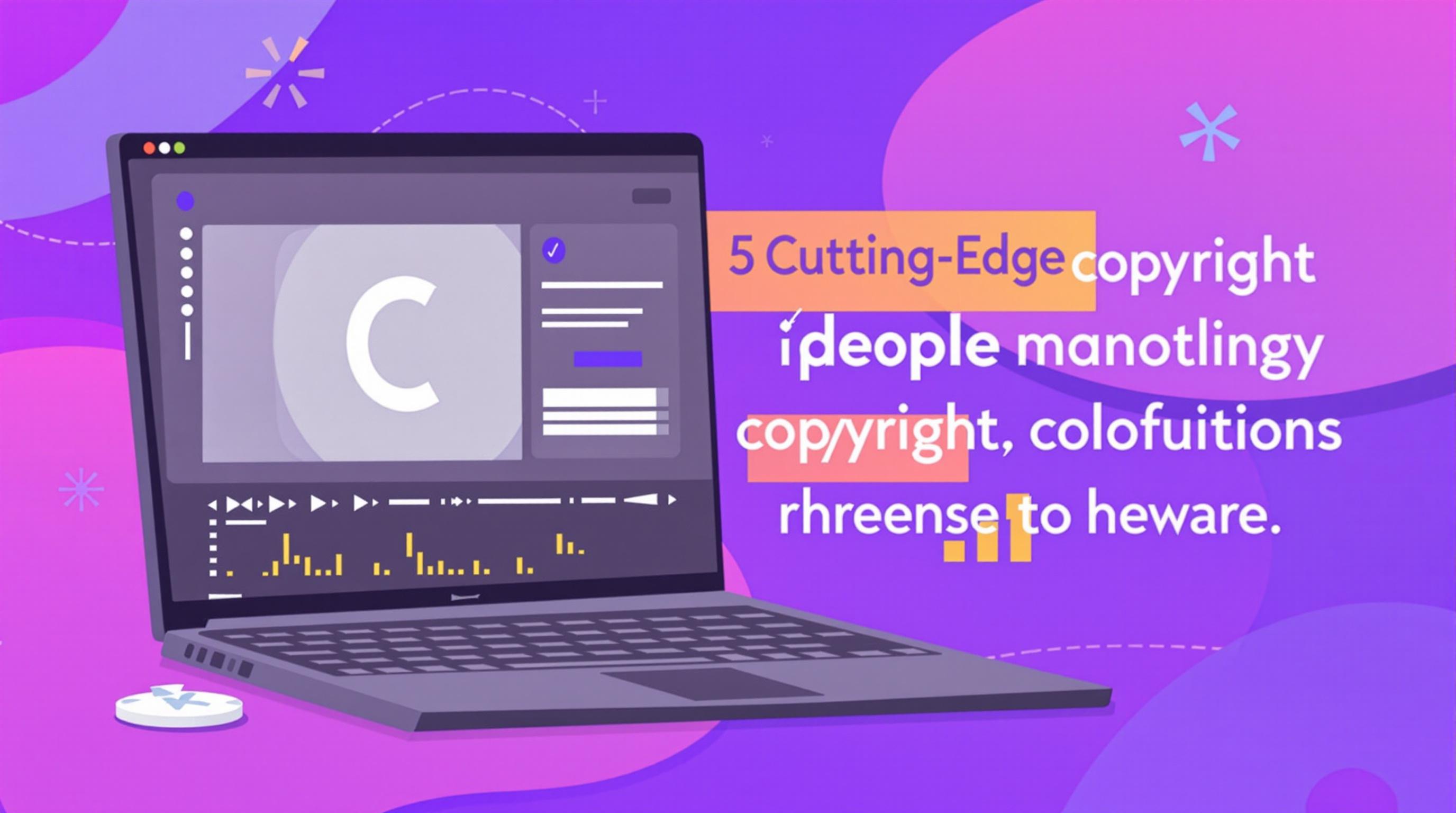Related Articles
- The Role of Cultural Norms and Social Pressure in Shaping Corporate Tax Behaviors Across Borders
- Top 6 Game-Changing HR Analytics Platforms Since 2019 Revolutionizing Employee Rights Enforcement
- The Unexpected Impact of Cultural Appropriation on Copyright Claims and Creative Ownership Debates
- Unveiling the Role of AI in Detecting Counterfeit Trademarks Before Official Approval
- The Quiet Impact of Cultural Nuances on Negotiation Dynamics in Global Business Agreements
- The Hidden Role of Psychometric Profiling in Choosing Co-Founders for Startup Success
12 Crucial Steps to Secure Copyright for Collaborative Art Projects and Avoid Common Legal Pitfalls
12 Crucial Steps to Secure Copyright for Collaborative Art Projects and Avoid Common Legal Pitfalls
12 Crucial Steps to Secure Copyright for Collaborative Art Projects and Avoid Common Legal Pitfalls
Understanding Copyright Basics
Copyright is the legal protection granted to creators of original works, including art, music, literature, and more. It gives authors exclusive rights to use, distribute, and profit from their creations. For collaborative art projects, understanding copyright laws ensures that all contributors’ rights are preserved.
Copyright arises automatically upon creation of a qualifying work fixed in a tangible medium of expression. However, formal registration with the copyright office offers additional legal advantages such as eligibility for statutory damages and easier enforcement in courts.
Collaborators should familiarize themselves with key copyright concepts like joint authorship, fair use, and licensing. Ignorance of these aspects can lead to conflicts, disputes, or unauthorized use of the artwork. Proper knowledge sets a foundation for transparent agreements and legal security.
Identify All Contributors Early
In collaborative projects, it’s critical to identify everyone involved in the creation process from the outset. This includes artists, designers, writers, and any others who contribute original input. Clarifying roles helps determine who qualifies as a copyright co-owner.
Failing to list all contributors can later cause disputes over ownership and exploitation rights. A comprehensive list ensures all parties can negotiate terms fairly and reduces the risk of overlooking someone’s legal entitlements to the work.
Clear identification also aids in establishing who controls specific aspects of the project, especially if it involves various mediums or distinct art components. Early clarity facilitates smoother project management and copyright administration.
Create a Written Collaboration Agreement
A formal written agreement is essential to define the terms of collaboration and copyright ownership explicitly. It should cover rights to reproduce, modify, distribute, and commercially exploit the collective work.
The agreement must address licensing permissions and revenue sharing among contributors to prevent misunderstandings. It should also specify dispute resolution methods and assign responsibilities for copyright registration and enforcement.
Having a signed contract protects all parties and provides clear legal guidelines, reducing the likelihood of costly litigation. Consulting an intellectual property attorney during this process can guarantee the agreement covers all necessary points.
Determine Joint Authorship Criteria
Joint authorship occurs when multiple creators intend their contributions to merge into a unified work. According to U.S. copyright law, each author must contribute original expression and have the intention for their work to be combined.
Understanding these criteria is crucial, especially when collaborators contribute distinct creative elements. Only those whose work is inseparably merged into the final product typically qualify as joint authors.
Misclassifying contributors can cause ownership confusion. Clear communication about the nature and extent of each party’s creative input clarifies who has co-ownership rights under copyright.
Register the Copyright with the Appropriate Office
Though registration is not mandatory, it provides essential legal leverage by creating a public record of ownership. In the U.S., this is done through the U.S. Copyright Office’s online system.
When registering a collaborative work, all co-authors should be listed. Be sure to follow the specific instructions for joint works to avoid delays or refusals. Registration establishes a timeline and evidence of ownership, which is critical in infringement cases.
Beyond the U.S., consult local copyright authorities for registration procedures in other jurisdictions. International protection often depends on treaties such as the Berne Convention, but registration can aid enforcement worldwide.
Negotiate and Clearly Define Usage Rights
Collaborators must negotiate who holds the rights to use, license, and monetize the artwork and under what conditions. Clear usage rights delineate whether contributors can independently exploit their parts or if all permissions require group consent.
Ambiguities in licensing can lead to unauthorized usage or revenue disputes. Defining exclusivity, geographic scope, and duration of licenses in writing prevents conflicts and clarifies limitations for all parties involved.
This step encourages trust and cooperation, especially when the artwork may be adapted into various formats such as prints, merchandise, or digital media. Setting clear usage permissions promotes efficient project commercialization.
Implement Attribution and Moral Rights Agreements
Attribution involves crediting each contributor properly in displaying or distributing the art project. Moral rights protect creators’ personal connection to their work, ensuring they are acknowledged and the integrity of the work is maintained.
Not all countries recognize moral rights equally; however, including specific clauses in collaboration agreements about credit and alteration restrictions strengthens creators’ protections. This prevents misrepresentation or disrespect of the original vision.
Explicit agreements on attribution and moral rights maintain goodwill among collaborators and uphold professional reputations. They also provide clear guidance in publicizing and reproducing the work.
Plan for Future Modifications and Derivative Works
Collaborative artwork may evolve over time, leading to derivative works such as sequels or adaptations. Negotiators should establish who can authorize such modifications and how new creators’ rights will be handled.
Without clear provisions, future changes might lead to ownership disputes, unauthorized exploitation, or dilution of original copyrights. Addressing derivative works upfront aids continuity and legal clarity.
Agreements should specify procedures for approval, benefits sharing, and registration of any new works derived from the collaboration. This foresight helps maintain organized rights management throughout the project lifecycle.
Maintain Detailed Records of Contributions and Agreements
Keeping meticulous documentation of each collaborator’s contributions, agreements, and communications is vital. These records serve as evidence in case of disputes or official investigations.
Documentation should include drafts, correspondence, contract drafts, signed agreements, and registration certificates. Organized records facilitate transparency and reinforce trust among collaborators.
Digital backups and timestamped files also help validate creation dates and authorship claims. Proven records simplify enforcement of rights and defense against infringement claims.
Monitor and Enforce Copyrights
After securing copyright, collaborators must actively monitor the use of the artwork to detect unauthorized copying or infringement. Early identification of misuse allows prompt response to protect intellectual property.
Enforcement actions may include cease and desist letters, negotiation, or legal proceedings. Collaborative agreements should designate responsibilities for enforcement and cost-sharing among contributors.
Proactive enforcement safeguards the art’s value and upholds the collaborators’ legal rights. Ignoring infringement risks weakening copyright protection and potential revenue loss.




